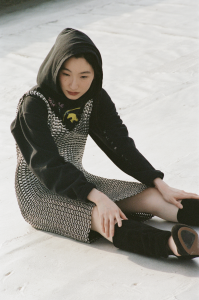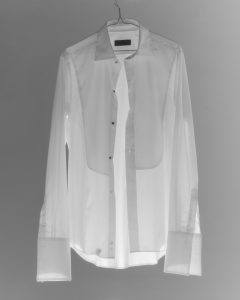British designer Patrick Grant talks to David Hellqvist about his fascination with Peter Lane’s photographs of English seaside resorts in the 1970s
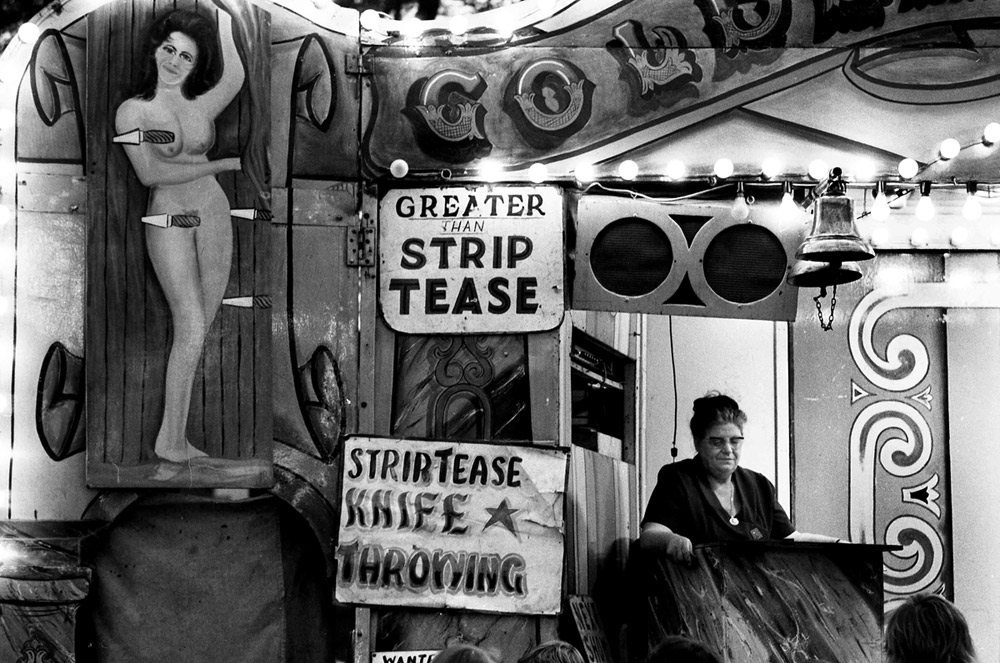
Patrick Grant is something of a Savile Row stalwart, both in terms of his Mayfair-based bespoke tailoring house, Norton & Sons, and his own personal style, which is a very ‘dandy’ take on the traditional English gentleman. To ensure that his eclectic style is available to more than just businessmen, Grant cleverly acquired E Tautz: a ready-to-wear brand catering for casual and formal needs.
While Grant and his brands have a contemporary, 21st-century feel, there’s something a bit ‘vintage’ about his lifestyle. His influences can often be traced back to a bygone era, to a time and place where people acted differently but also dressed accordingly.
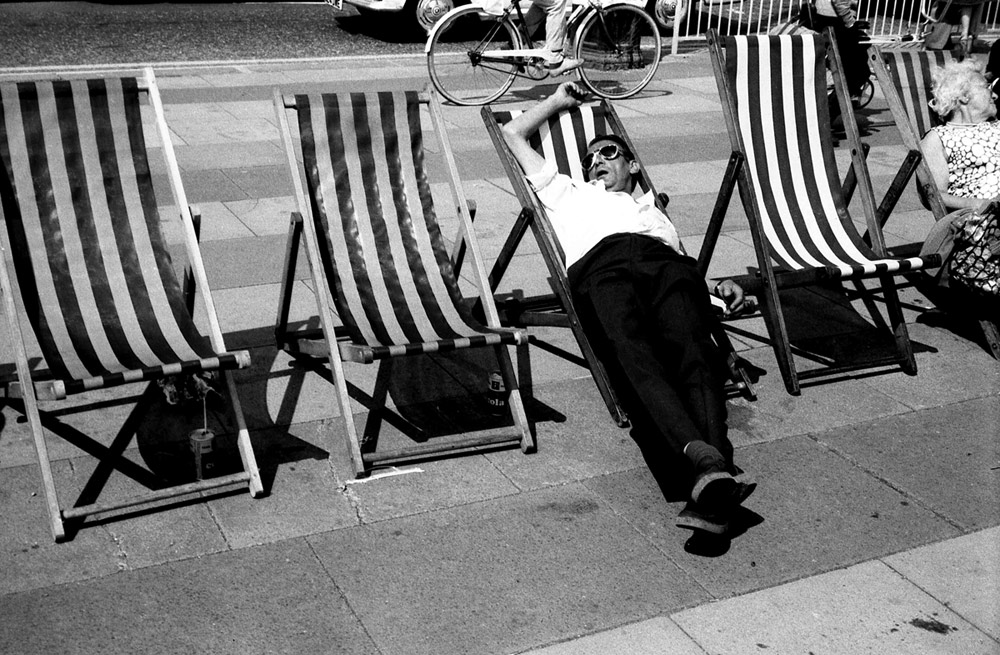
After last year’sOriginal Man book, his latest foray into publishing makes complete sense. Having discovered Peter Lane’s images of English seaside towns by chance, taken between 1960 and 1980, Grant decided to use them as loose inspiration for the current SS15 collection and published them too.
Palace of Fun is a beautiful collection of previously unpublished images from a time when seaside towns like Brighton, Morecambe and Blackpool were full of joyous holidaying families. This book is a good reminder of these halcyon days and the people that made them.
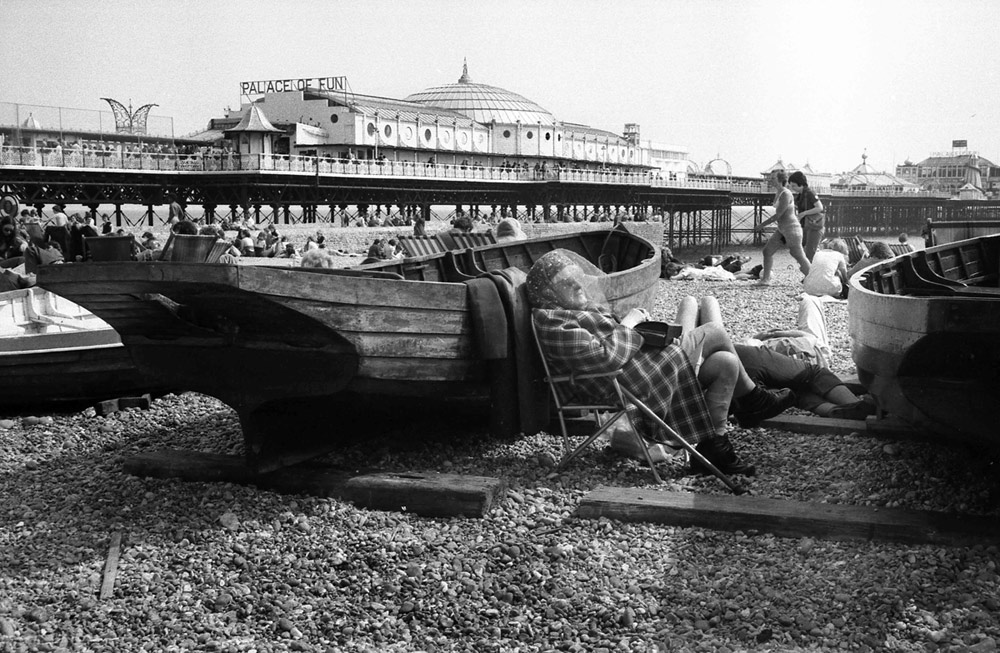
How and where did you come across Peter Lane’s photography?
I came across Peter’s photographs buried deep within a website devoted to the Morecambe Grammar School while researching the SS15 collection. A note beneath gave a short biography and an email address, which I contacted. I went to Peter’s home and he showed me his stash of albums over a nice cup of tea.
What was your initial reaction to the images?
Peter has a wonderful eye for the surreal, the funny and the melancholic. Working in fashion we’re always looking for a story and Peter’s photos tell great stories of their own. These are the tales of Brits living a different, more carefree life, if only just a for a few days of the year.
Did you grow up on the seaside?
I could see the sea from the hills above my house in Edinburgh, but that was the coastline and not seaside. Seaside to me requires a promenade and probably some flashing lights and a waltzer.
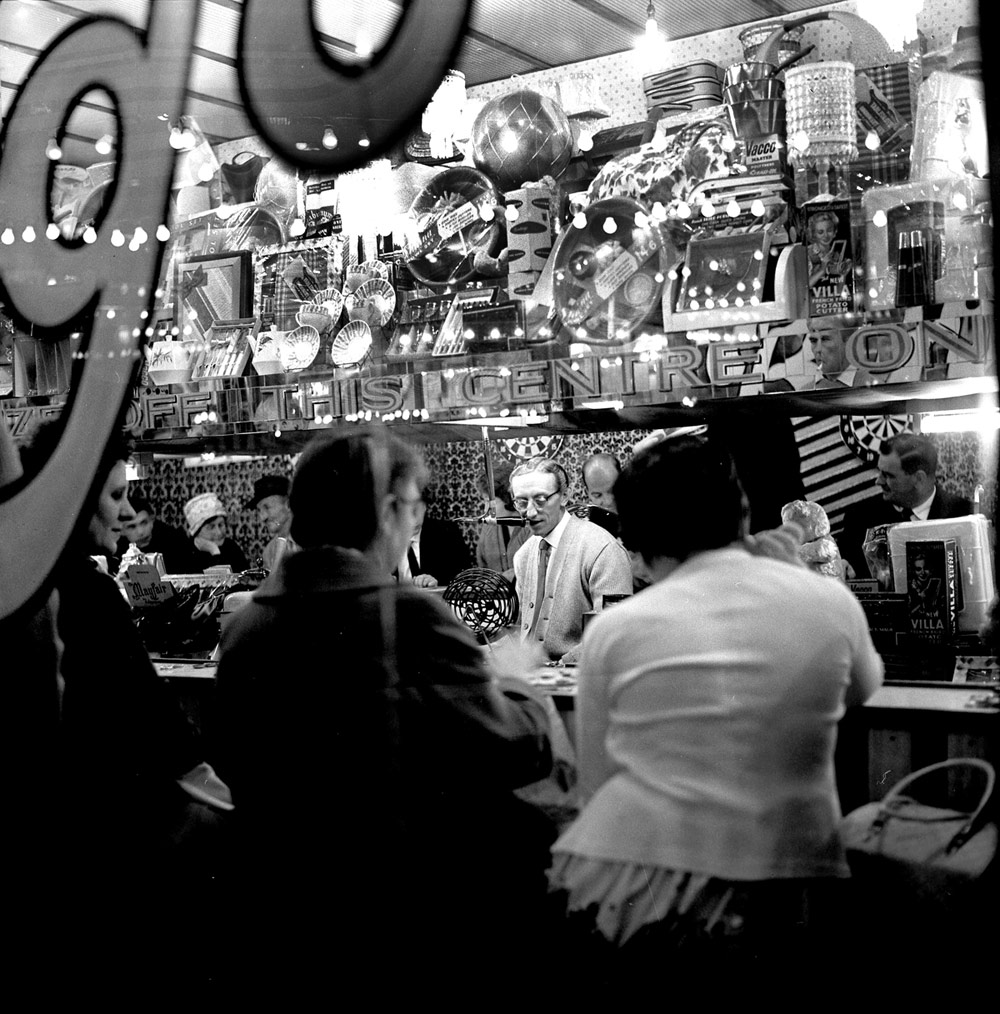
What do you think is the attraction of living on the coast?
There is nothing quite like the seaside, that’s what makes it so alluring. People feel free to be a different version of themselves; they physically and mentally unbutton themselves. Maybe it’s the feeling of being at the very edge of the island, maybe it’s just the music and the flashing lights. It’s hypnotic.
Did you take any inspiration from the images that later influenced a collection?
The feeling of freeness and abandon. The clothes they wore back then had a louche looseness to them, an attitude that was more carefree and away from the usual strictness of English tailoring. There were also quite literal references – the stripes on the side of an ice-cream shed, or a deckchair, or the paint on a theatre.
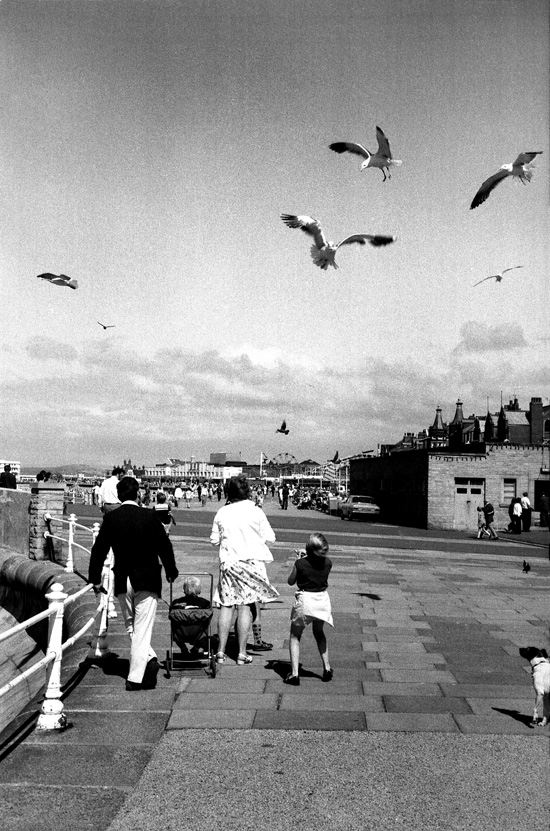
What does the British seaside represent to you?
There’s something wonderfully freeing about being close to the sea. It draws you in, it liberates the mind and seaside towns are all about abandoning your normal mores. The seaside is a great release. We go there to feel different about ourselves.
What’s the attraction from a fashion design perspective ?
It’s an incredibly rich vein of inspiration, both the physical – the light, the colours, the rolled up trousers legs – and the metaphysical – the sense of abandon, the lightness of being.


